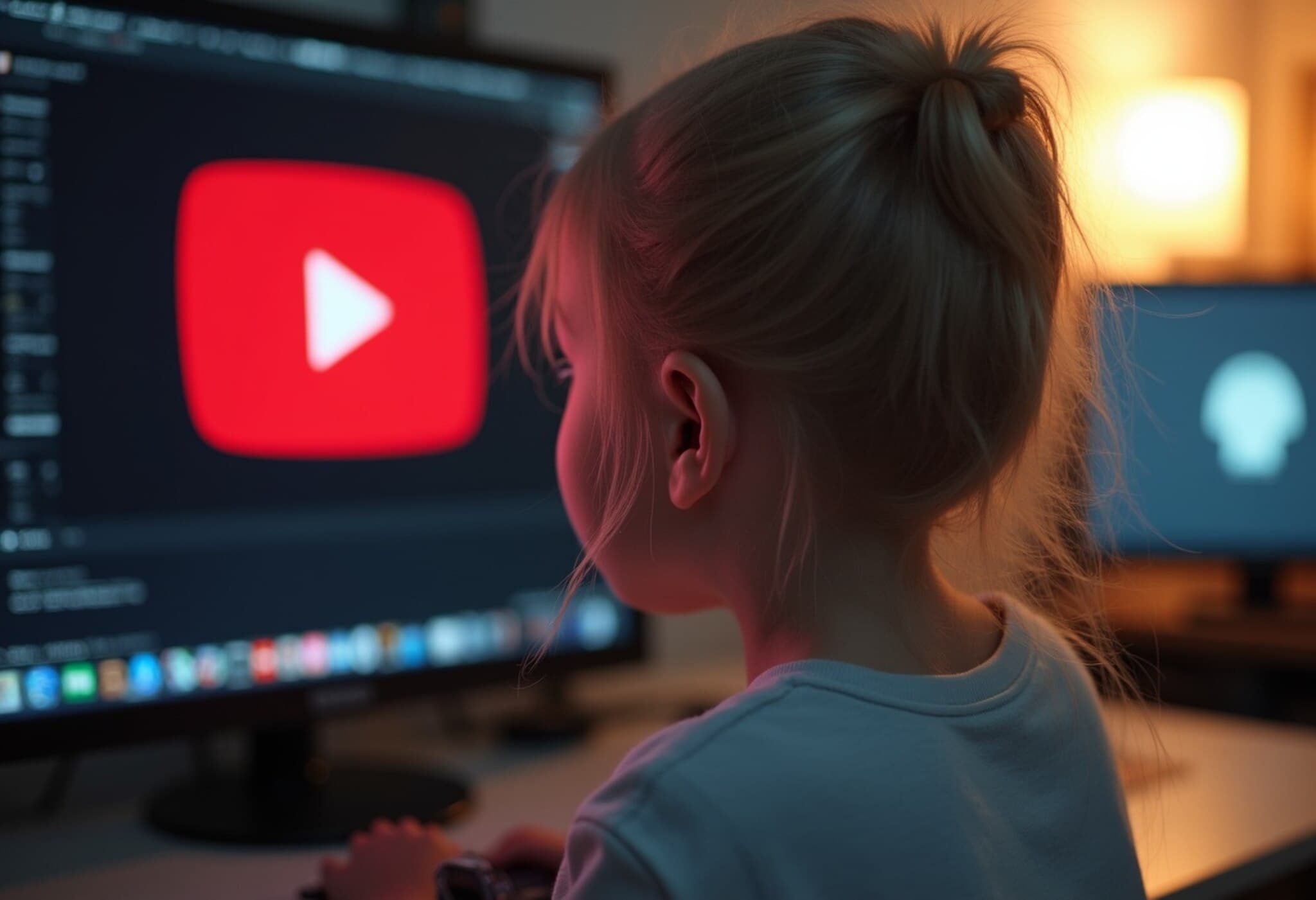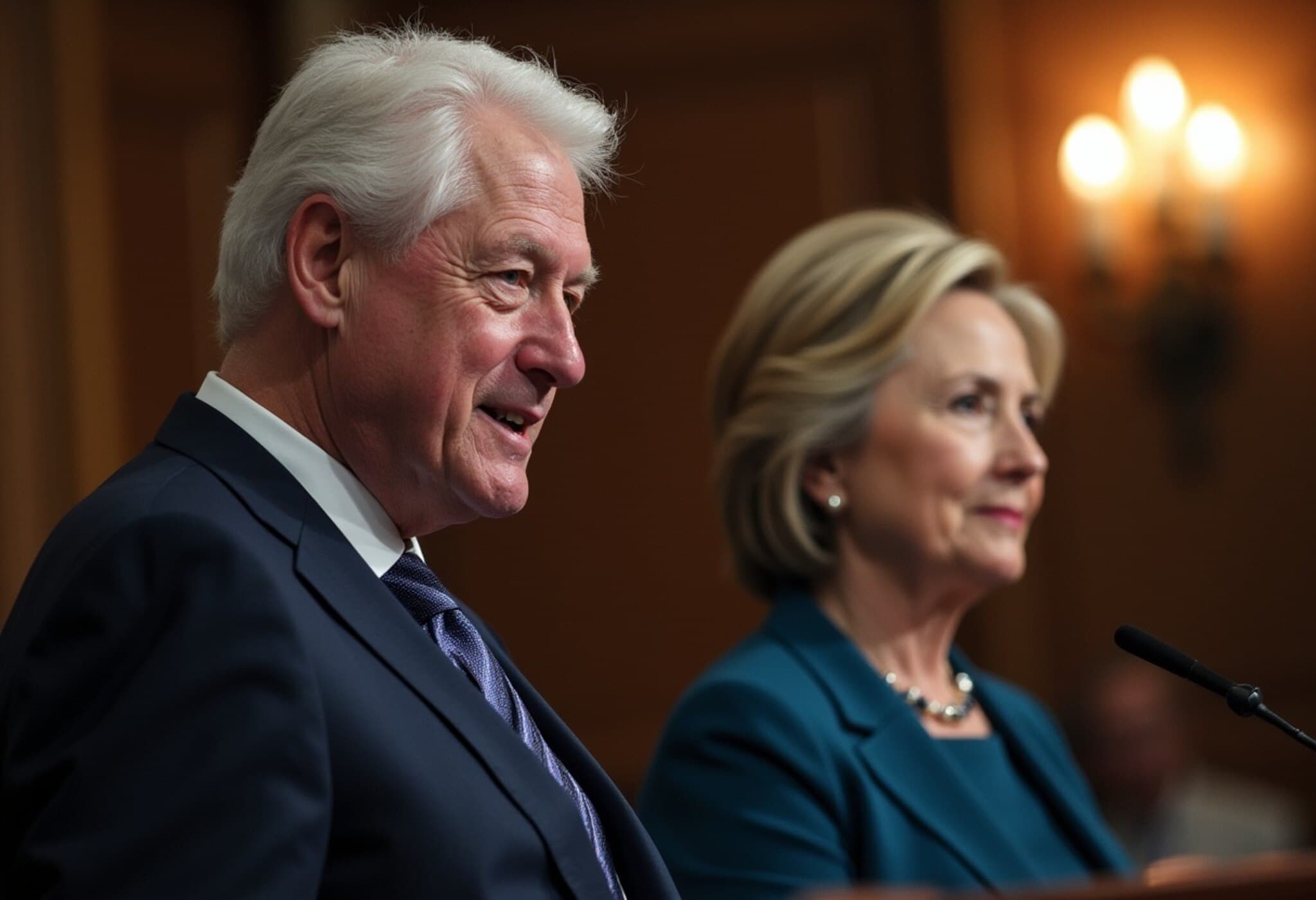Australian Regulator Slams Tech Giants Over Inadequate Response to Child Abuse Material
In a recent report, Australia's eSafety Commissioner has raised serious concerns about the failure of major technology platforms—including YouTube, Apple, Meta, and others—to effectively combat the proliferation of child sexual abuse material (CSAM) on their services. The report, released in August 2025, exposes alarming gaps in safety measures across these platforms, suggesting that many are falling short in their responsibility to protect vulnerable users, especially children.
Key Findings from the eSafety Report
The report scrutinized how several leading platforms, such as Google’s YouTube, Apple services, Meta’s Facebook and Instagram, Discord, Skype, Snap, and WhatsApp, handle reports and prevention of child abuse content. Key deficiencies identified include:
- Poor detection capabilities for live-streamed child abuse content.
- Inadequate and difficult-to-use systems for reporting harmful material.
- Failure to proactively block known child abuse links using technology like hash-matching.
- Lack of transparency in sharing data about user reports and response times.
Julie Inman Grant, Australia’s eSafety Commissioner, expressed frustration over platforms that appear "to be turning a blind eye to crimes occurring on their services," emphasizing that when left unchecked, these companies deprioritize child protection.
YouTube and Apple Face the Brunt of the Criticism
The report specifically highlights YouTube's unresponsiveness to requests for information, including the number of child abuse reports received and the resources allocated to handling these issues. Similarly, Apple did not respond to inquiries about their trust and safety staffing and reporting statistics. This lack of transparency contravenes expectations set by regulators worldwide.
Despite public statements claiming the use of advanced technologies such as hash-matching and AI-driven content detection, the audit found inconsistent application of these tools across platforms. Hash-matching technology is a critical industry-standard technique that compares content against known databases of illegal images and videos, enabling swift removal.
Government Responses and Policy Implications
Amid these findings, the Australian government recently moved to include YouTube under its social media restrictions aimed at protecting teenagers, after earlier considering an exemption. This policy adjustment signals a growing willingness to hold tech giants accountable and signals potential for stricter regulations.
The issue of CSAM on digital platforms is a global concern, but Australia's assertive stance offers a case study in regulatory firming. It raises pivotal questions about self-regulation's effectiveness and whether governments need to impose more rigorous oversight.
Broader Context: The U.S. and Beyond
While this report centers on Australian platforms, the implications are meaningful worldwide, including the United States. American lawmakers have been considering stronger legislation to compel platforms to improve child safety measures, such as the proposed Children and Teens’ Online Privacy Protection Act (CTOPA). The regulator’s findings shine a light on the persistent challenges tech companies face balancing innovation with protection of vulnerable populations.
Expert Insight: Digital safety experts warn that behind the data gaps lies a complex interplay of rapid content growth, privacy concerns, and immense technical challenges. However, the moral imperative to safeguard children online demands transparent, accountable, and persistent action from technology providers.
Moving Forward: What Needs to Change?
- Increased transparency: Platforms must openly disclose data on reports received and actions taken.
- Unified adoption of advanced technologies: Hash-matching and AI tools should be implemented consistently to identify abuse swiftly.
- Improved reporting and removal processes: User-friendly systems to report abuse need to be standardized and widely publicized.
- Government and industry collaboration: Regulators, companies, and child protection agencies should work together to develop best practices with enforceable standards.
Only through a multi-stakeholder and transparent approach can the digital ecosystem become safer for children worldwide.
Editor's Note
Technology giants wield immense power over what content is accessible online, yet this power carries heavy responsibility—especially where children’s safety is concerned. Australia’s recent report sheds light on troubling complacency among major platforms and challenges the narrative that tech companies are adequately policing themselves. Readers should consider how regulatory frameworks and public pressure can accelerate progress and what role users might play in demanding safer digital environments.



















